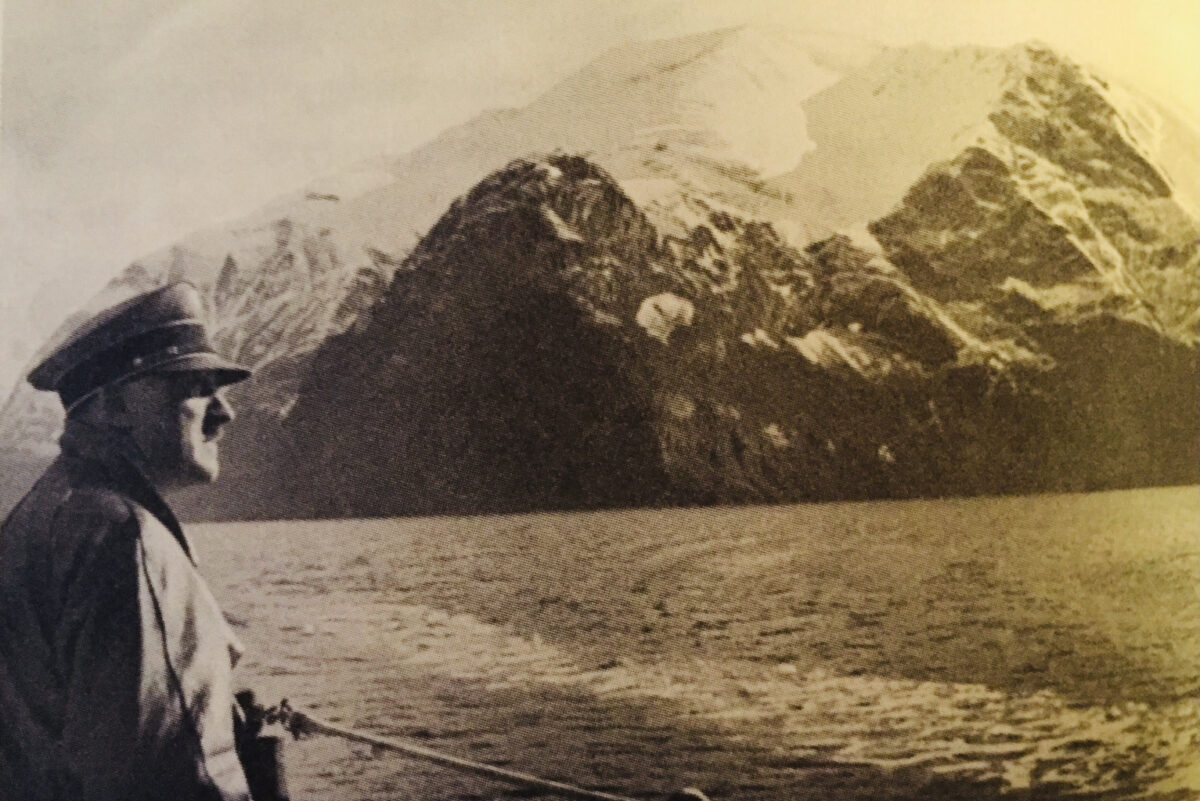On April 12, 1934, an exceptionally beautiful spring day, Adolf Hitler arrived in Norway aboard the Deutschland, a new pocket battleship, on a brief and unpublicized vacation. It was his first trip abroad since becoming Germany’s chancellor a year earlier. He was accompanied by Admiral Erich Raeder, the commander of the German navy, and Werner von Blomberg, the minister of defence. Hitler and his companions never ventured beyond the Sogne fjord on Norway’s west coast.
Six years later, on April 9, Germany invaded Norway, seizing its major coastal towns within hours. Refusing to surrender, King Haakon VII and members of the government fled into exile in Britain.
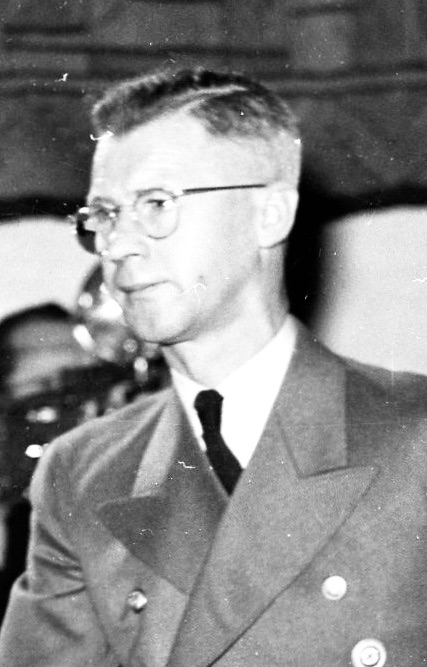
Germany appointed Josef Terboven, a Nazi district official in Essen, as head of the civilian occupation regime. General Nikolaus von Falkenhorst would be the commander of German military forces. Vidkun Quisling, a former defence minister and the leader of Norway’s fascist party, was named to lead a puppet government.
As Despina Stratigakos writes in Hitler’s Northern Utopia: Building the New Order in Occupied Norway (Princeton University Press), Norway would be a template, a testing ground, for the Greater German Reich, “a new racial empire based on the collaboration of Nordic peoples.”
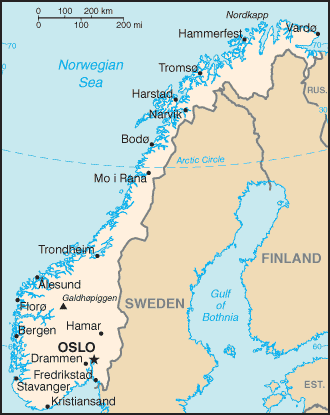
Obsessed by race, the Nazis regarded Norwegians as racially superior to Germany and admired their Viking origins. In his instructions to Terboven, Hitler told him, “You will give me no greater pleasure than by making a friend of these people.” In other words, Norwegians were to be gently convinced rather than brutally compelled to embrace National Socialism.
The notion of a racial hierarchy, with Norwegians at its apex, was popularized in Germany in the 1920s through the theories of Hans Friedrich Gunther, an arch German nationalist who had married a Norwegian woman and exalted Norwegians.
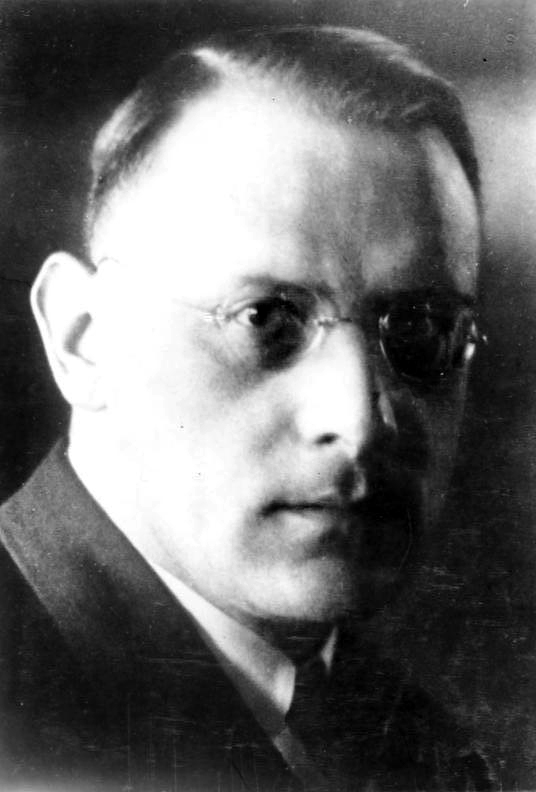
By Gunther’s estimation, the Norwegians possessed more than 70 percent to 80 percent pure Nordic blood, while Germans themselves retained only 50 percent to 60 percent. He believed that Norwegians had preserved the so-called racial superiority and nobility of the Nordic race due in large part to their geographic isolation from the European continent.
To Gunther, the idealized Nordic type, as represented by Norwegians, had a tall and slender build, blond hair, rosy skin, a long skull, thin face, narrow nose and light blue or gray eyes.
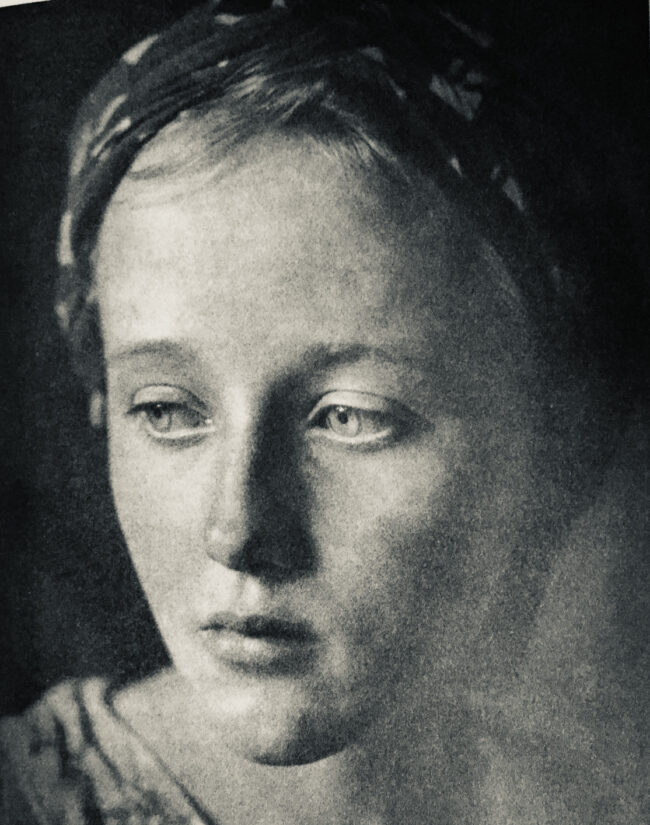
In one of his books, he promoted a program of selective breeding with Norwegians to genetically improve the German population. Gunther’s ideas had a profound influence on the commandant of the SS, Heinrich Himmler, who claimed that Jews had tainted the Nordic bloodline.
Given the Nazi regime’s admiration of Norway’s Nordic profile, the German occupation force bent over backwards to convince Norwegians that they were friends rather than foes and conquerors. Falkenhorst disingenuously claimed that Germany had been forced to occupy Norway to ward off British interference. And he portrayed Germans as peacekeepers and nation builders who would construct essential infrastructure — new roads, railways, bridges and so on.
German forces in Norway were exceptionally large, says Stratigakos, a professor of architecture at the University of Buffalo. During the height of the occupation, Norway, with a population three million, was home to 450,000 German soldiers and civilians, and a profusion of German-language newspapers and magazines were published there.
These publications self-servingly maintained that the German occupation had “saved” Norway from the threat of Marxism and from a path of moral, cultural, racial destruction. They ensured Norway that Germany would help it realize its economic potential, and insisted that the Soviet Union, not Germany, was Norway’s real enemy.
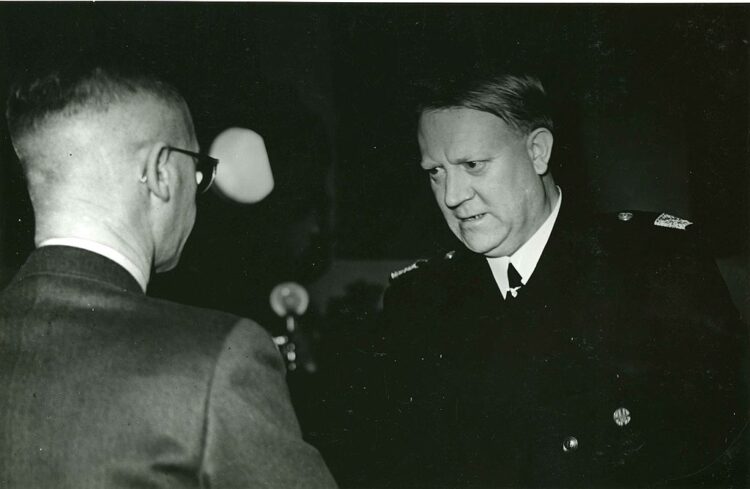
Although Quisling was technically in charge of running the country, he remained subordinate to Terboven. Nevertheless, Quisling was a willing ally and useful collaborator.
In this spirit, he complied with Germany’s demand to deport Norwegian Jews to Auschwitz-Birkenau in 1942 and 1943. Unfortunately, Stratigakos merely skims over this dark episode and, in general, spends very little time in describing Quisling’s administration.
Focusing almost exclusively on the occupation per se, she dwells on Germany’s efforts to build military defences, air fields, roads, bridges, tunnels, docks and power stations throughout this rugged land. Germany, however, failed to construct what Hitler’s favorite architect, Albert Speer, would call “a completely new German city.”
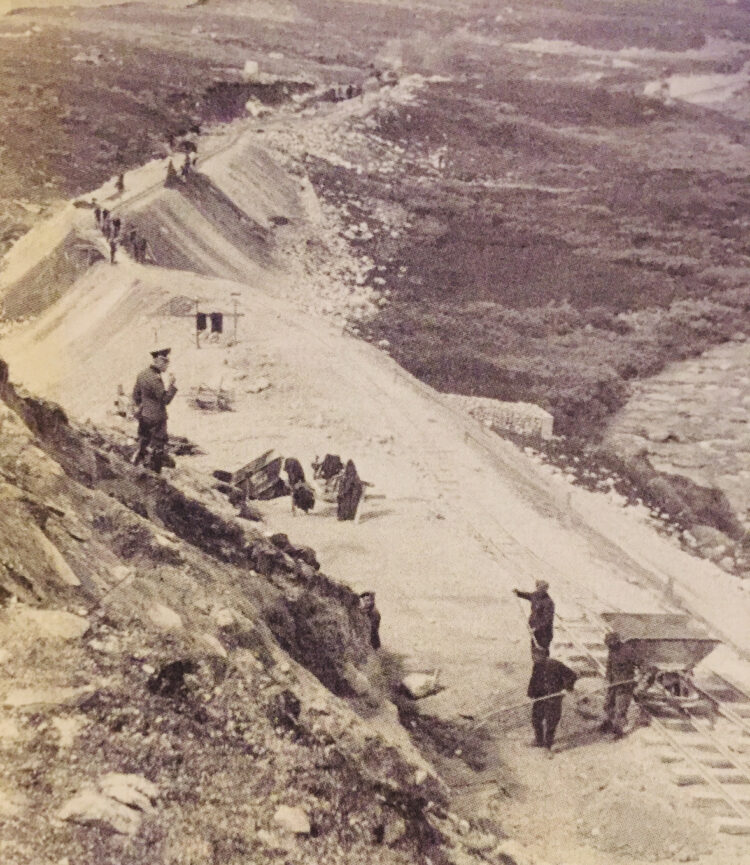
Nonetheless, Germany lavished immense funds in Norway. “The astronomical cost of these projects made Norway the only occupied country in Europe where Germany invested more resources than it withdrew,” she notes. Interestingly enough, she adds, many of these facilities remain in use today.
More than 130,000 forced laborers and prisoners of war, mainly from the Soviet Union, were brought in to work on these sites. Seventeen thousand perished, but in the eyes of the Nazis they were expendable subhumans.
Another project pursued by the Germans was of a genetic nature — reinforcing Germany’s Aryan stock with Norwegian blood. This was done through the Lebensborn program, which started in Germany in 1935 by matching up racially “sound” men and women.
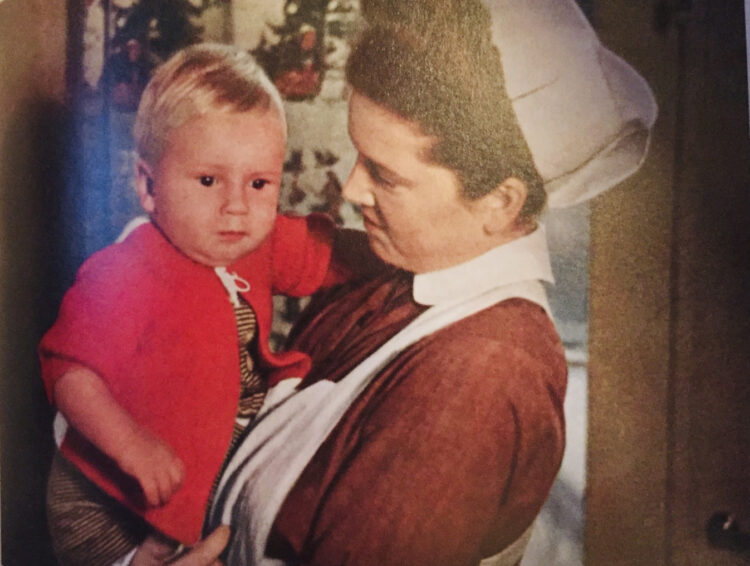
In Norway, 7,500 Norwegian women were paired with German soldiers to produce”racially valuable” children who would be resettled in Germany. Stratigakos thinks that upwards of 12,000 such children were born but that only 400 ended up in Germany.
Her account of Germany’s quest to build a model Aryan society in Norway draws on unpublished diaries and newspaper accounts of the day. Wide-ranging in scope and usually interesting, Hitler’s Northern Utopia provides readers with a better understanding of what Germany sought to achieve in occupied Norway.
